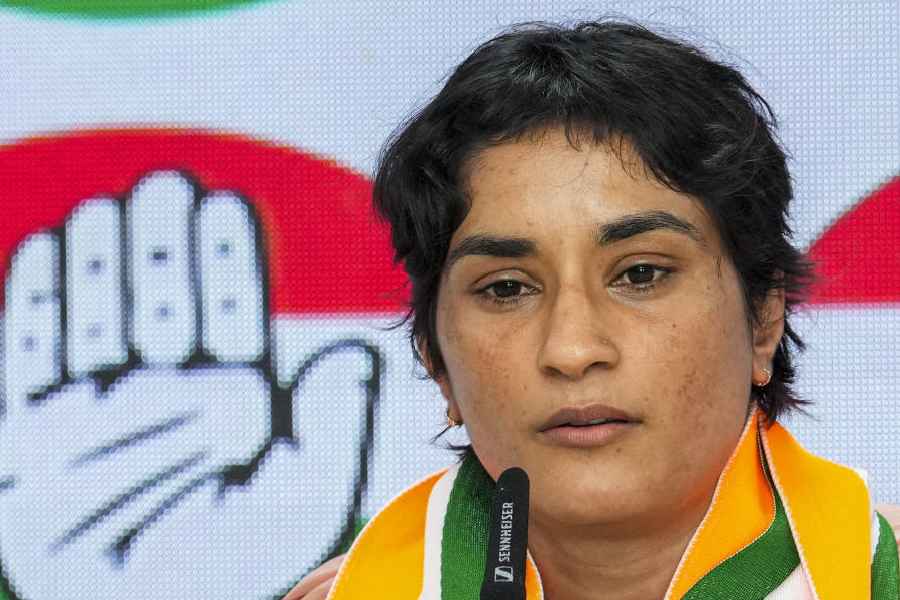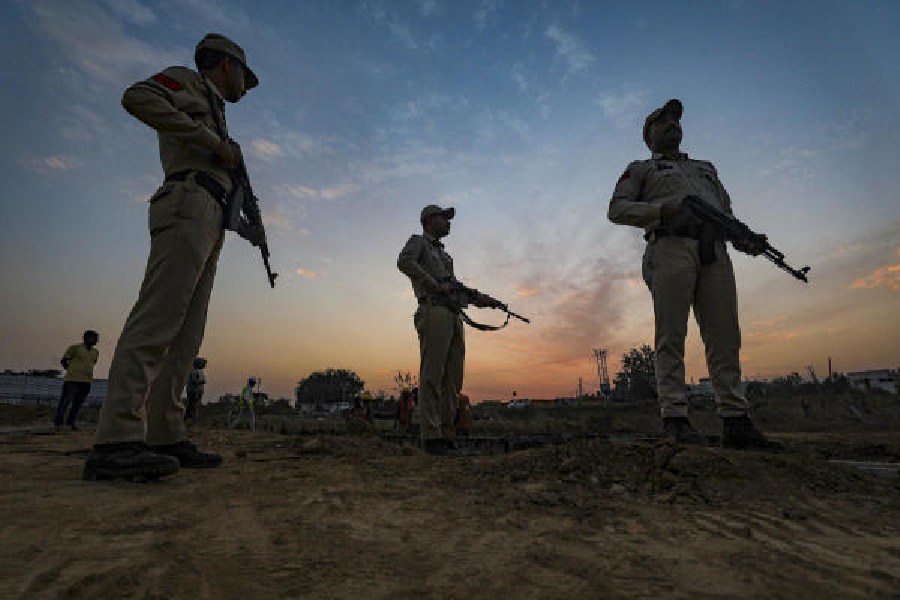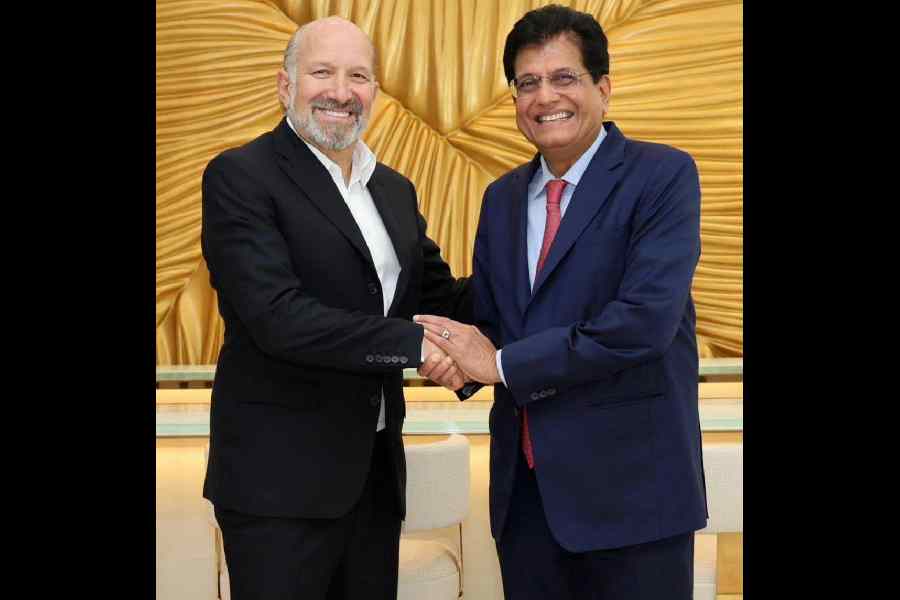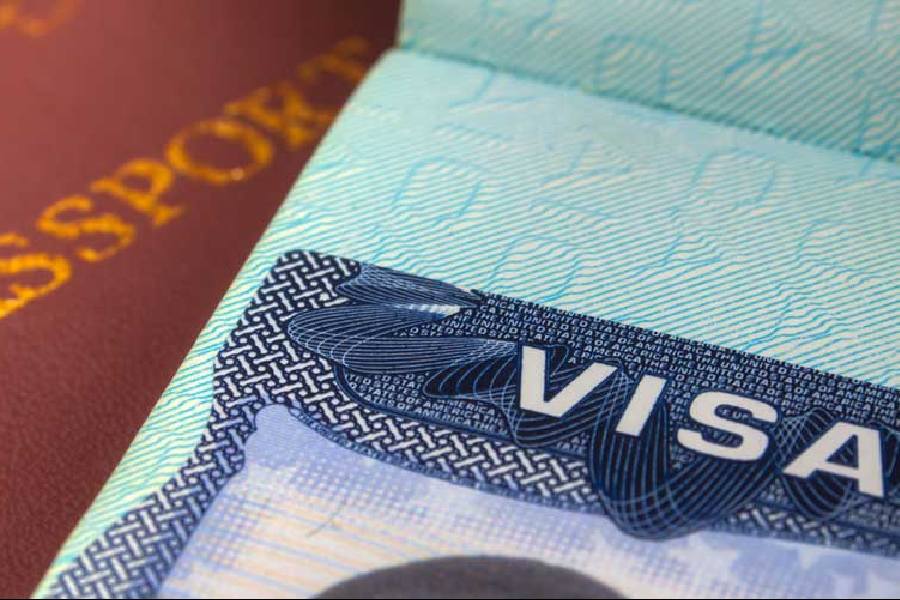Last year mysterious banners appeared on billboards along Highway 101 in California?s Silicon Valley. The signs said: {first 10-digit prime found in consecutive digits of e}.com.
It also appeared at a Cambridge, Massachusetts, subway as well as at Harvard square. The signs, challenging passers-by to solve a complicated math problem, found many commuters scratching their heads. But nowehere you would find the name of the company which placed the ad. In case you?re wondering ? or forgot ? e is the base of the natural system of logarithms, having a numerical value of about 2.71828... (the decimal digits go on forever). The correct answer to the banner problem leads to a Web site that poses yet another puzzle. Eventually, the problem-solver lands at a Google Web page that asks the smart, or lucky, few for a resume. What a way of jobhunting!
PUZZLE 1: A salesman drives from Amsterdam to The Hague. In the first half of the distance of his journey, he drives at a constant speed of 80 km/h. In the second half, he drives at a constant speed of 120 km/h.
What is the salesman?s average speed for the complete journey? (A hint: The solution is not 100 km/h! )
A race-car driver drove, on a 4-km-long course, at an average speed of 120 km/h for the first 2 km. How fast does he have to go the second 2 km to average 240 km/h for the entire course?
Makkum and Stavoren are two villages. Michael and Donald want to go from Makkum to Stavoren. They leave at the same time. Michael goes by bicycle, Donald by car, which is six times as fast as Michael?s bicycle. Donald has a car breakdown halfway between Makkum and Stavoren. A passing farmer gives him a lift to Stavoren on his tractor. The farmer drives only half as fast as Michael?s bicycle. Who of the two arrives first in Stavoren?
Solutions on May 8
CORRECT ENTRIES
April 4
Aalekh Sharan; Arnab Dey; Rajat Tibrewal; S.K. Choudhury; Sanjoy Dey; Dhrubajyoti Daityari; Santosh Kumar Gupta; S.P. S. Jain;
CORRECT ENTRIES
March 28
Shantanab Deb Choudhury; Navin Bhatera; Arka Majumder; Swarnabha Mukherjee; Shayoni Chakraborty; Sritam Saha; Devasish Mukherjee; Indranil Ganguly; Rajat Tibrewal; Kaushik Saha; Trishul Chakraborty, Agartala; Partha Pal, Siliguri; Rima Das; Kushal Shah; Arkajyoti Roy Chowdhury; Abhinandan Khan, ; Vinay Agarwalla; Soumyajit Roy; Arnab Dey; Sudipta Roy; Dwaipayan Mukherjee; Tamonash Chanda; Arjun Kumar Sen; Ramendra Hazarika; Sankha Subhra Banerjee; Devika Bharati; Samudra Banerjee; Alok lal Brahmachari; Raja Lahiri; Soumyajit Pati; A. K. Majumdar; Tanmoy Sanyal; Ranadeep Majee; Sudipta Saha; Abhinav Gupta; Arin Ghosh; Sunil Jana
Please send your entries to knowhow@abpmail.com within 10 days.
PUZZLE CRACKED
The response this week was pretty dismal. We have got just a handful of entries, and most of them are wrong. Only Aalekh Saran got close to the correct answer. Anyway, in the correct entry list I am publishing all those who tried to crack this not-that-difficult puzzle. There are 25C3=2,300 ways of picking three points from 25. However, some of the sets will be collinear, and this can happen in a number of ways.
Along each vertical, horizontal, and main diagonal: 125C3=12?10=120
Along the other diagonals:
4(4C3+3C3)=4(4+1)= 20
Then, we have twelve more:
2,300-(120+20+12)=2,148, hence the probability of three random points forming a triangle will be 2,148/2,300=537/575? 0.934
The puzzle was published on April 4.










